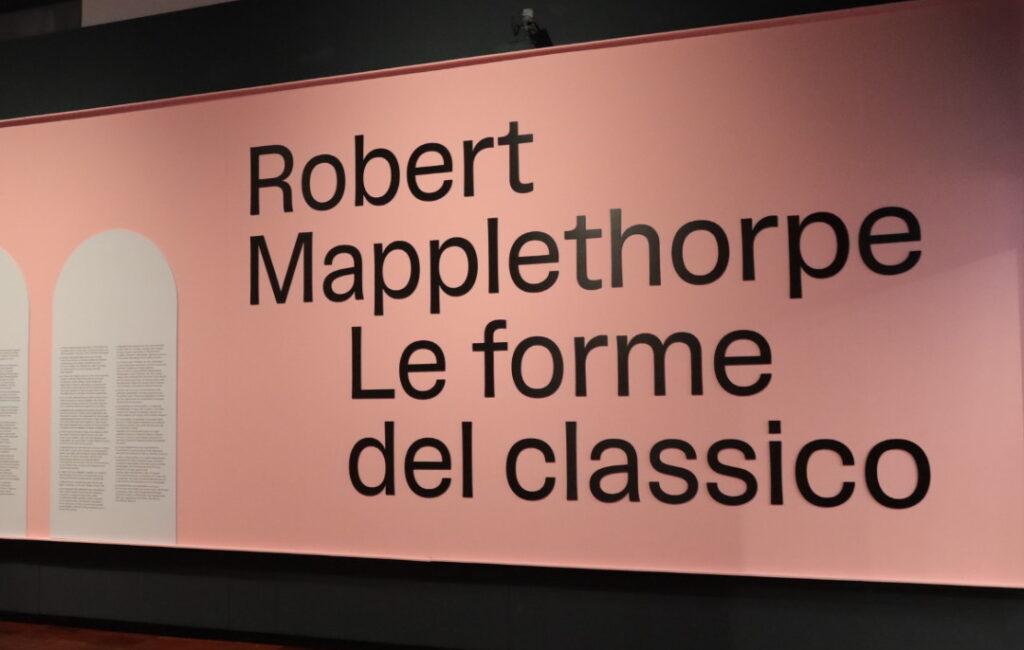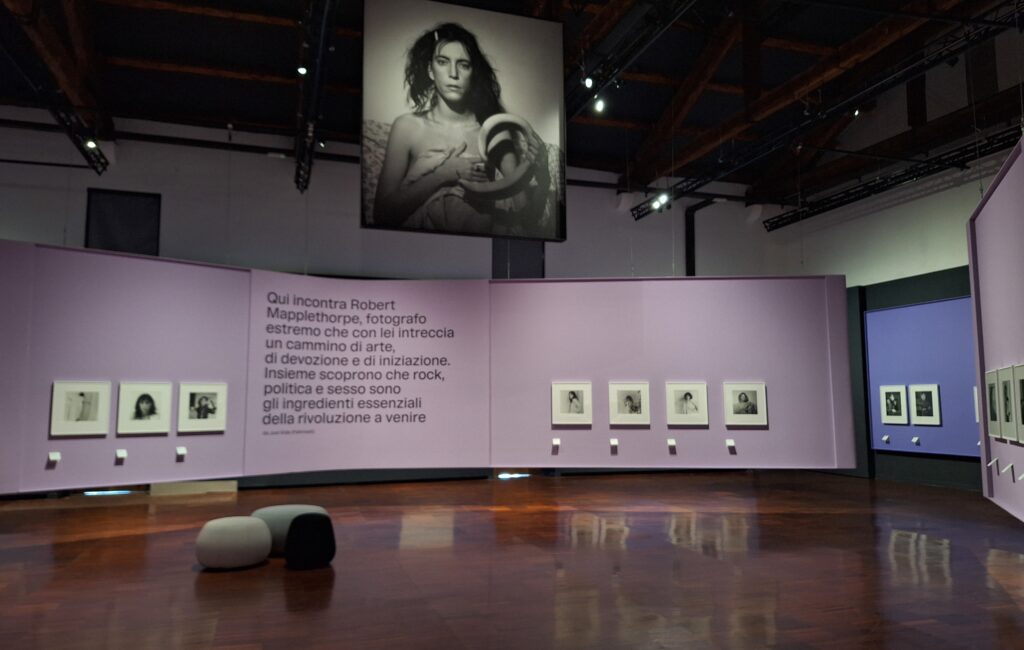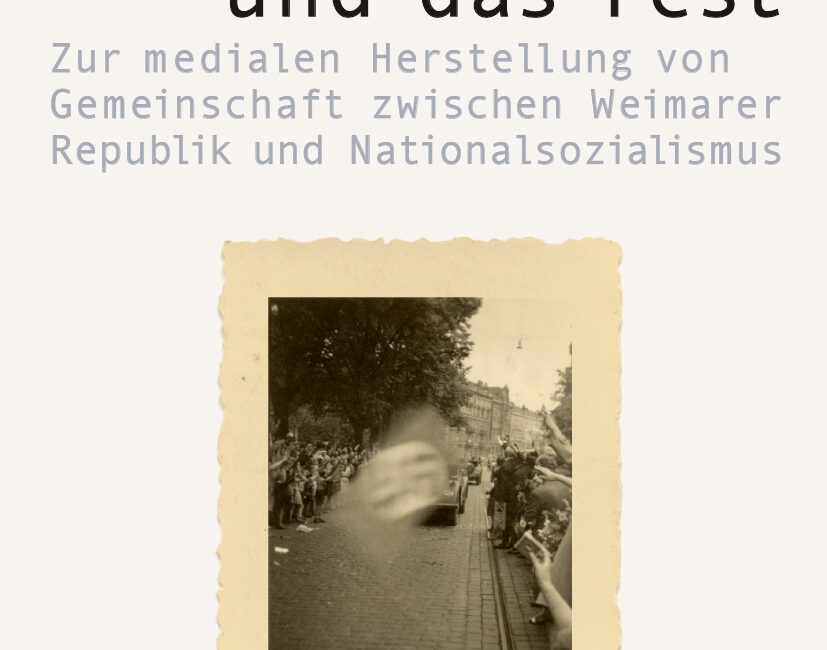
Porto greets early summer with shimmering light and brisk Atlantic winds – and with the Bienal de Fotografia do Porto, held in 2025 under the theme “Tomorrow Today” (Amanhã Hoje). A fitting motto for a city made of stone and memory, whose walls have stories to tell – especially those of the Centro Português de Fotografia (CPF). That is exactly where my photographic journey begins.
1. Monument and Memorial – the CPF from the Outside
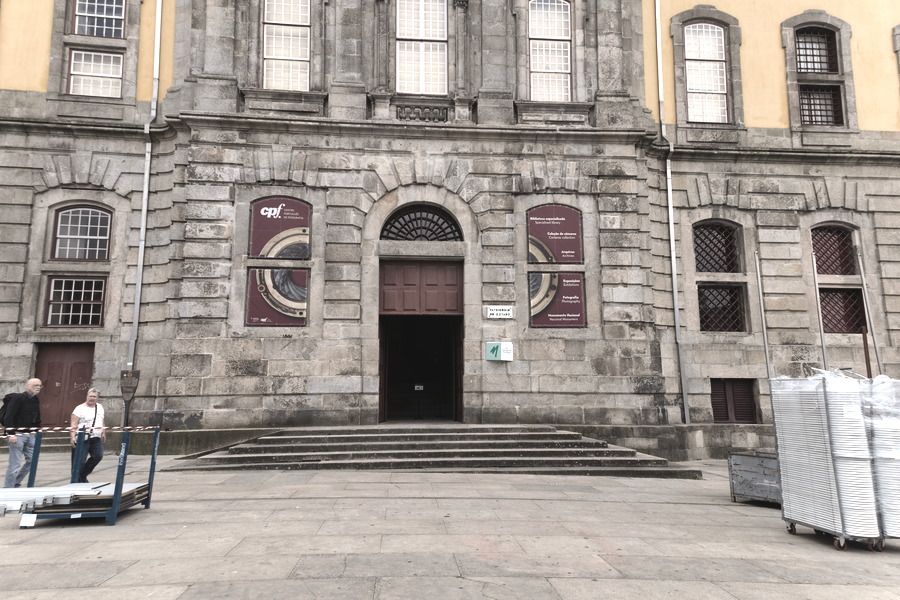
The CPF is housed in a building that was once a prison – the mighty former Cadeia da Relação. Towering above Porto’s historic centre, it preserves not only antique cameras but also the ghosts of the past. The granite façade appears stern, almost forbidding – but inside unfolds a labyrinth of light.
2. Between Light and Shadow – Stairs, Grilles, and Perspectives
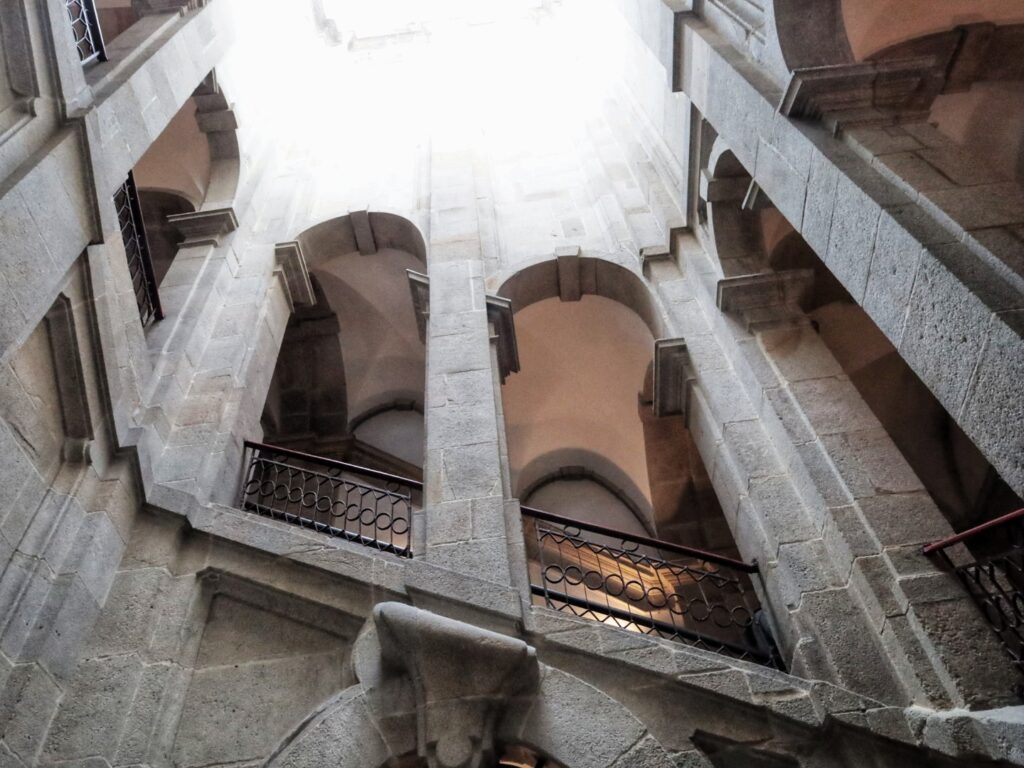
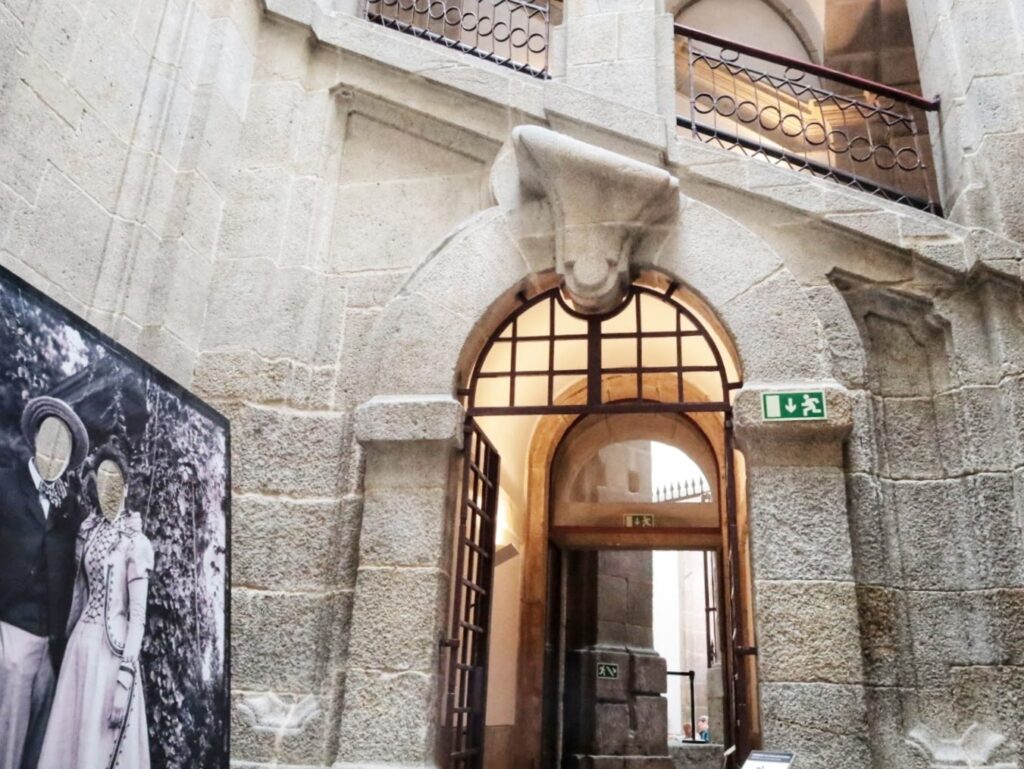
These spaces speak. Some in clear prose, others in poetry made of stone, dust, and glass. Walking through the CPF feels like a choreography of sightlines and obstacles, of open doors and barred windows – an ideal setting for a biennale that poses the question: what is tomorrow, and what is today?
3. The Images and Their Viewers


This exhibition is not merely a succession of images – it is a quiet dialogue on memory and forgetting. Photographic testimonies recall people who once spent years of their lives imprisoned here – some of whom died behind these walls. Democratic rebels of the 19th century, impostors of the 20th. Their fates are microcosms that render the past intelligible. Those who listen, see more.
4. Objects of Seeing: The Technical Memory
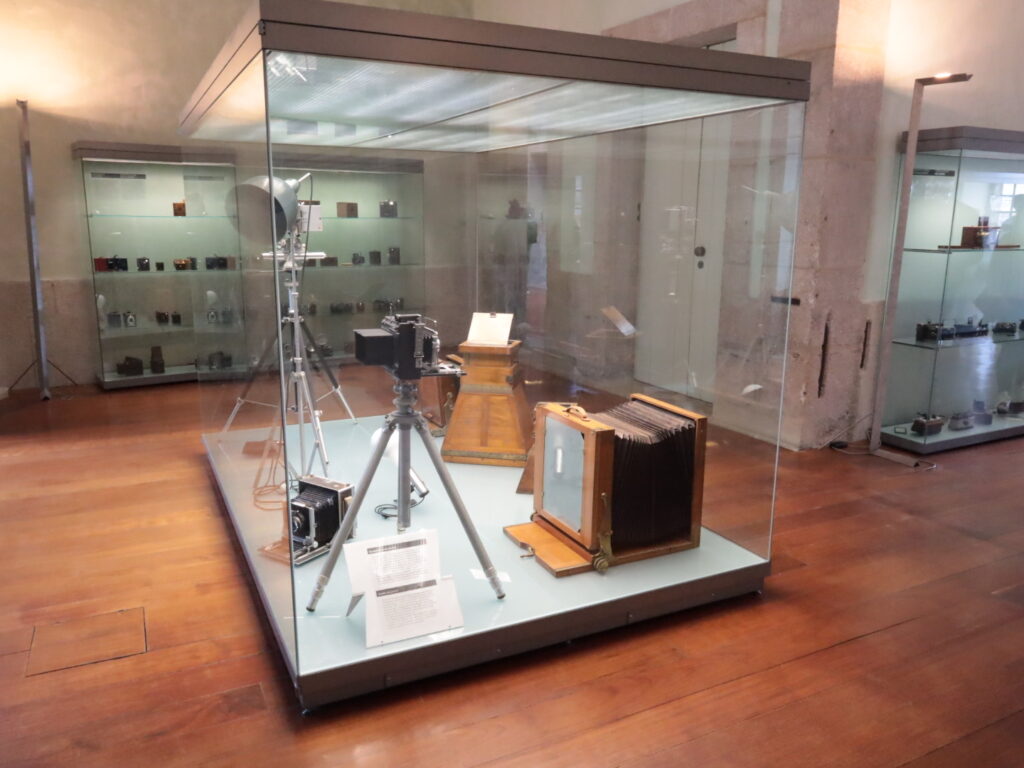
The CPF’s collection of historic cameras and photo equipment adds an additional layer to the experience. It’s not just about the image, but about producing images. Who holds a camera – and who is being framed? Portugal’s photographic history is still deeply marked by the legacy of Europe’s longest-standing fascist dictatorship. The innovative impulses of the republic were smothered in 1926 with the rise of the “Estado Novo”: conservative clericalism and glossy tourist imagery replaced critical visual culture.
5. Looking Out – Porto as Backdrop and Contrast
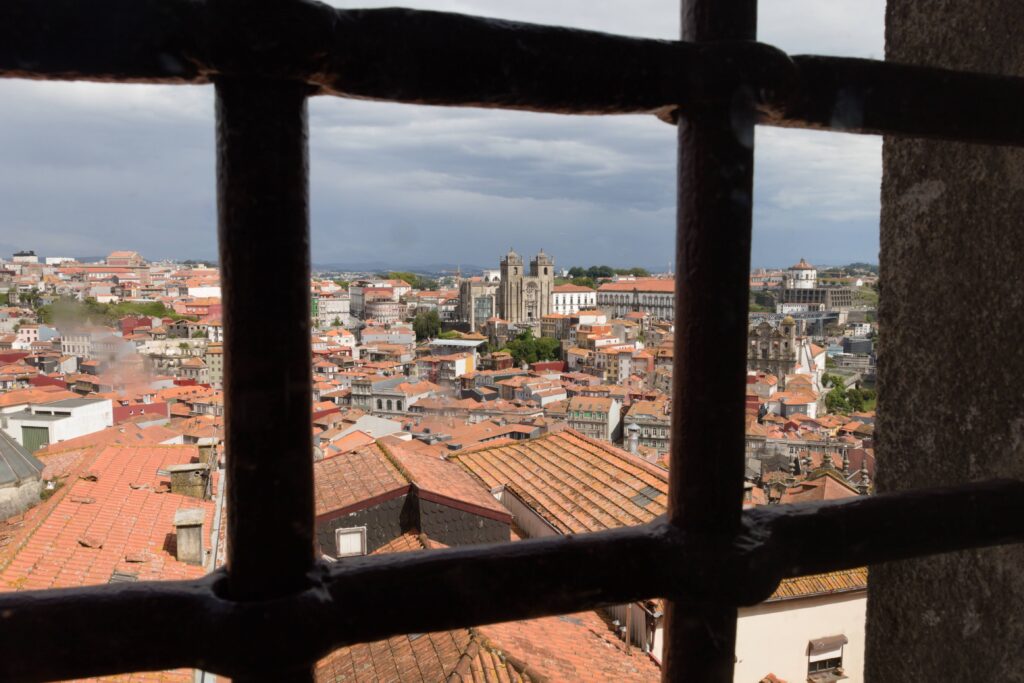
The final steps lead to a window – offering a view of a city that must be perceived in all its contradictions. Porto is no postcard, no frozen 3D panorama from a bygone era. Here, past and present collide perhaps even more violently than in Lisbon. The splendour of the rich suburbs with their parks, foundations, and cultural monuments stands in contrast to the weathered colonial core, where homelessness and decay increasingly take root.
The Bienal’25 Fotografia do Porto, running from May 15 to June 29, 2025, embraces the theme “Tomorrow Today” (Amanhã Hoje). It proposes photography as a catalyst for ecological and social transformation – and a tool for imagining futures.
—
Kurt Lhotzky
A detailed report on the individual exhibitions at CPF will follow.
All photos © Kurt Lhotzky
